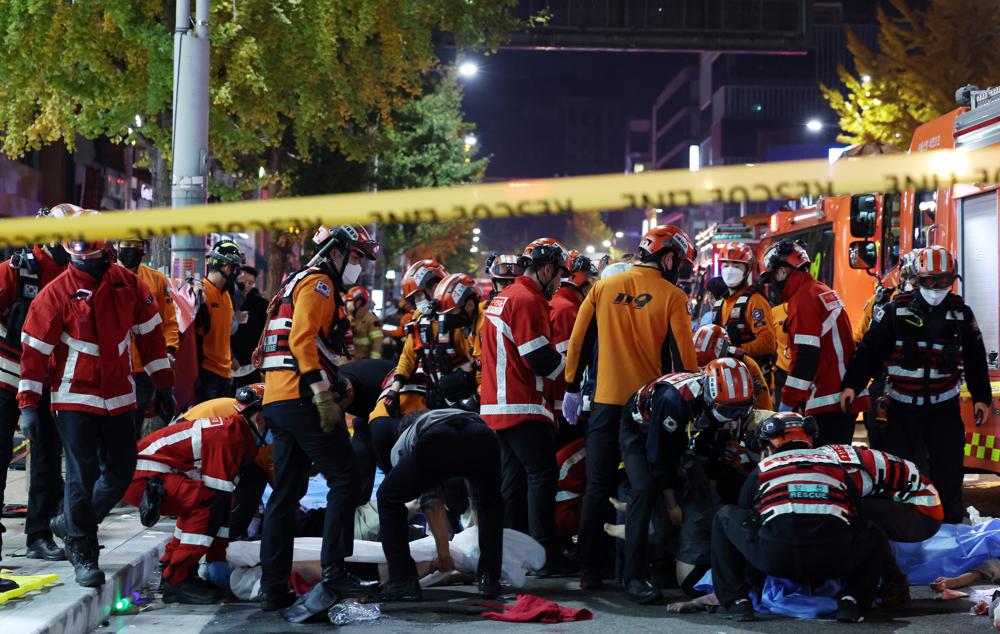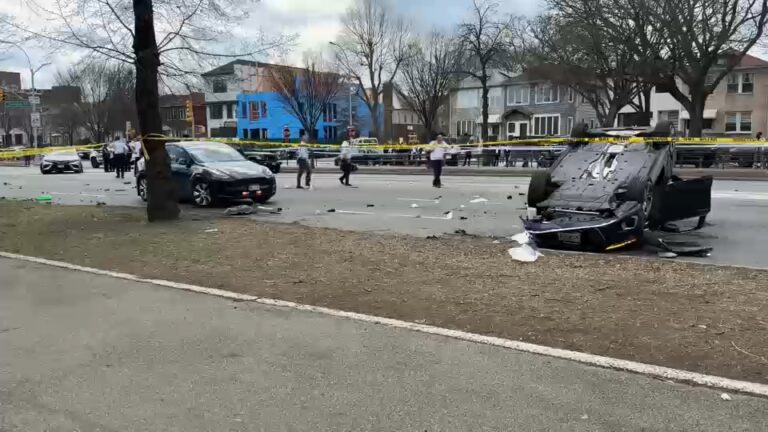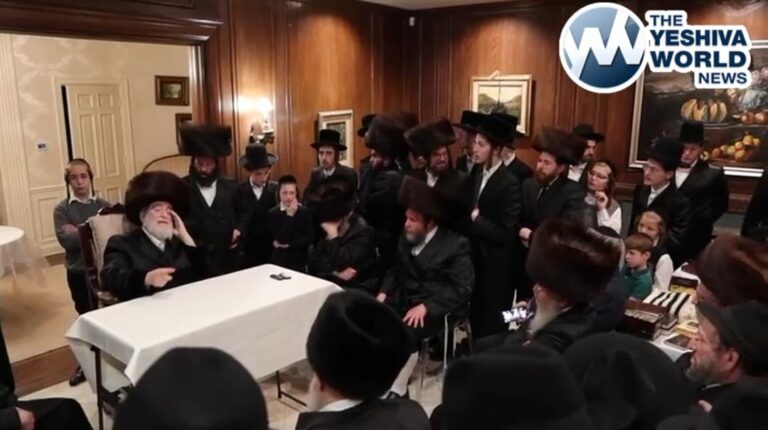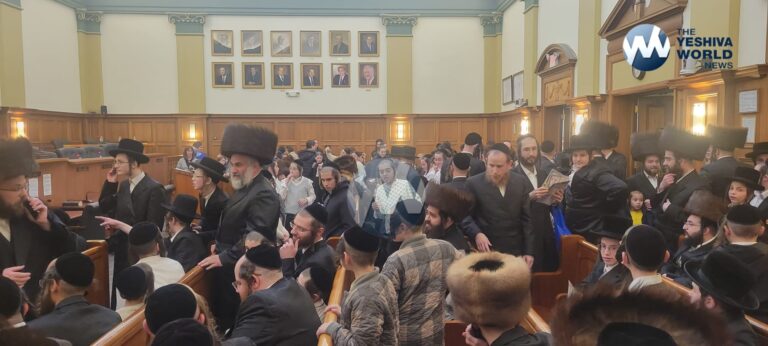SOUTH KOREA – A mass of mostly young people celebrating Halloween festivities in Seoul became trapped and crushed as the crowd surged into a narrow alley, killing at least 146 people and injuring 150 others in South Korea’s worst disaster in years.
Emergency workers and pedestrians desperately performed CPR on people lying in the streets after the crush in the capital’s leisure district of Itaewon Saturday night.
Choi Seong-beom, chief of Seoul’s Yongsan fire department, said the death toll could rise further and that an unspecified number among the injured were in critical condition.
An estimated 100,000 people had gathered in Itaewon for the country’s biggest outdoor Halloween festivities since the pandemic began. The South Korean government eased COVID-19 restrictions in recent months. Itaewon, near where the former headquarters of U.S. military forces in South Korea operated before moving out of the capital in 2018, is known for its trendy bars, clubs and restaurants.
It was not immediately clear what led the crowd to surge into the narrow downhill alley near the Hamilton Hotel, a major party spot in Seoul. One survivor said many people fell and toppled one another “like dominos” after they were being pushed by others. The survivor, surnamed Kim, said they were trapped for about an hour and a half before being rescued, as some people shouted “Help me!” and others were short of breath, according to the Seoul-based Hankyoreh newspaper.
Another survivor, named Lee Chang-kyu, said he saw about five to six men first pushed others before one or two began falling at the start of the stampede, according to the newspaper.
In an interview with news channel YTN, Hwang Min-hyeok, a visitor to Itaewon, said it was shocking to see rows of bodies near the hotel. He said emergency workers were initially overwhelmed, leaving pedestrians struggling to administer CPR to the injured lying on the streets. People wailed beside the bodies of their friends, he said.
Another survivor in his 20s said he avoided being trampled by managing to get into a bar whose door was open at the alley, Yonhap news agency reported. A woman in her 20s surnamed Park told Yonhap that she and others were standing along the side of the alley while others caught in the middle of the alley had no escape.
Choi, the fire department chief, said that bodies were being sent to hospitals or a gym, where bereaved family members could identify them. He said most of the dead and injured are in their 20s.
The last South Korean disaster this deadly also hit young people the hardest. In April 2014, 304 people, mostly high school students, died in a ferry sinking. The sinking exposed lax safety rules and regulatory failures; it was partially blamed on excessive and poorly fastened cargo and a crew poorly trained for emergency situations. Saturday’s deaths will likely draw public scrutiny of what government officials have done to improve public safety standards since the ferry disaster.
It was also Asia’s second major crushing disaster in a month. On Oct. 1, police in Indonesia fired tear gas at a soccer match, causing a crush that killed 132 people as spectators attempted to flee.
More than 800 emergency workers and police officers from around the nation, including all available personnel in Seoul, were deployed to the streets to treat the injured. The National Fire Agency separately said in a statement that officials were still trying to determine the exact number of emergency patients.
South Korean President Yoon Suk Yeol issued a statement calling for officials to ensure swift treatment for those injured and review the safety of the festivity sites.
This was the deadliest crushing disaster in South Korean history. In 2005, 11 people were killed and around 60 others were injured at a pop concert in the southern city of Sangju.
(AP)












5 Responses
Just like meron
Not just Meron!
Chas ve’shulom to compare this to Meron. Meron were tzadikim that Hashem took from us so tragically. Seol were mashchysim that caused the mabil humans that lowered themselves to less than animals. כן יאבדו כל המשחיתם וכל הרשעים
How long does it take you guys to post a comment
Crowd crushes happen the all over the world, often a few each year. Organisers and authorities don’t realise the danger of large crowds. One choke-point, one narrow route, one unexpected blockage or accident and the people can’t proceed and the force of a crowd is deadly.
Of course we know the RBSO sent us the Meron tragedy specifically because we need to better our ways, but also we need to understand for the future that large crowds are a “natural” sakona and need precautions, risk assessment and careful planning.
R Chaim’s levayeh barely 6 months ago looked like it was a great risk of leading to a crush RL especially once the oron was moving and the crowd all moved to follow. Chasdei Hashem nothing bad happened then, but that showed we have not learned the lessons that Meron, and so many other crowd crushes across the world, should have thought us.